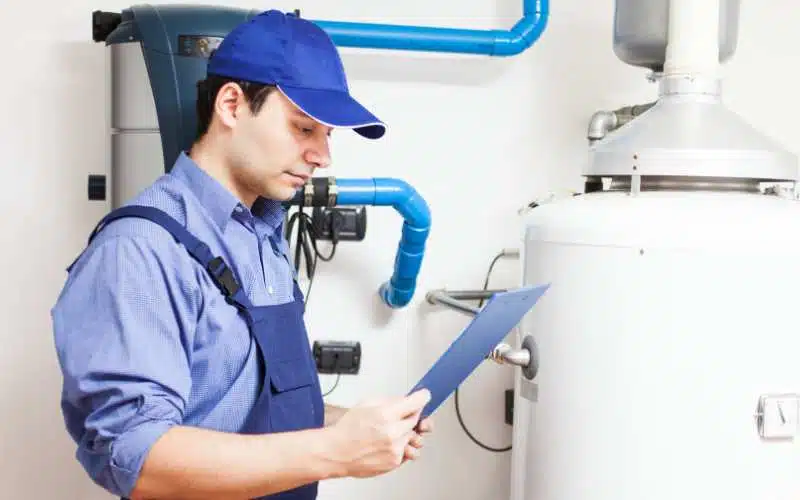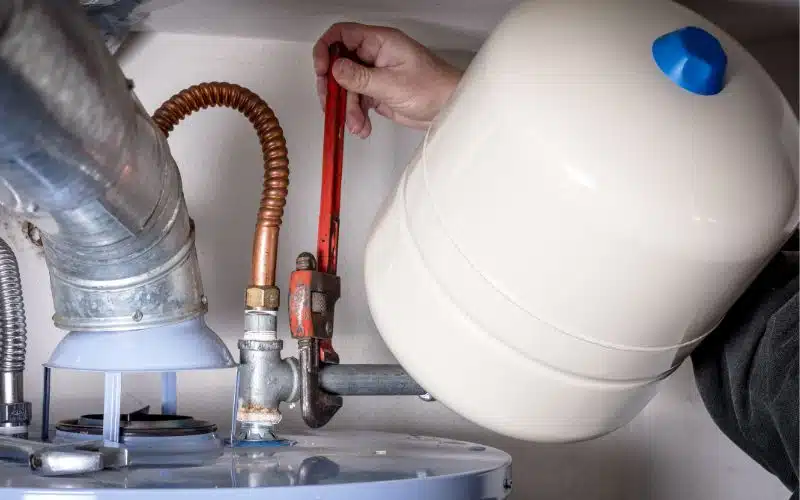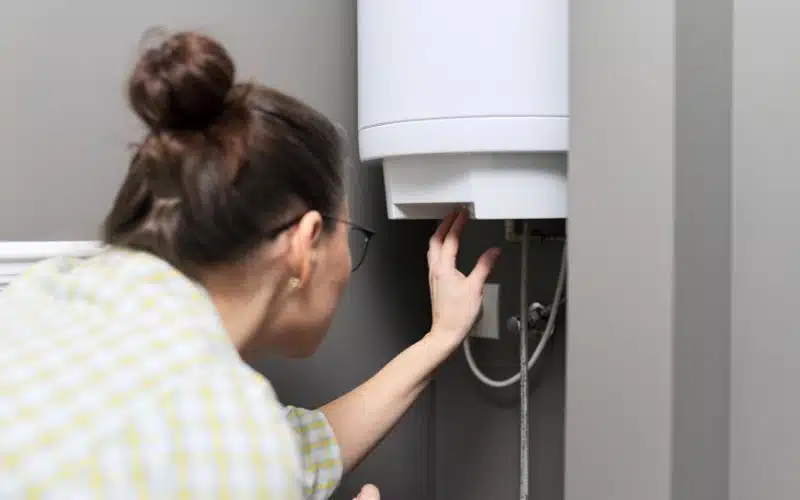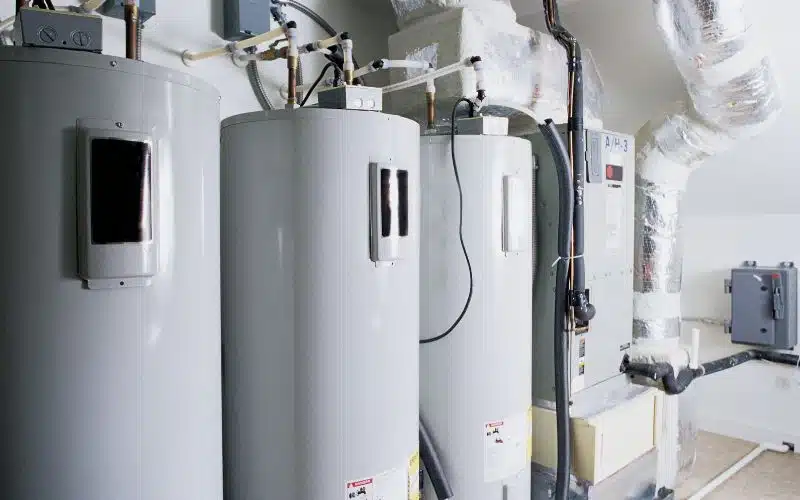Return vents suck the air out of a room and transport it back to the HVAC system to relieve the extra air pressure in the room.
Return vents shouldn’t have hot or cold air flowing out of them. However, various issues like this can arise due to malfunctions or technicalities in the HVAC system.
This article highlights and explains the possible reasons why cold air is coming out of your return vents.
Your fan may be running back due to misalignment, or there might be a leak somewhere in the HVAC system. The best way to diagnose this problem and possibly solve it is to look inside the unit. Inspect the insulation ducts for leakages and verify if the fan is blowing in the right direction.
Why Does Cold Air Come Out of My Return Vents?
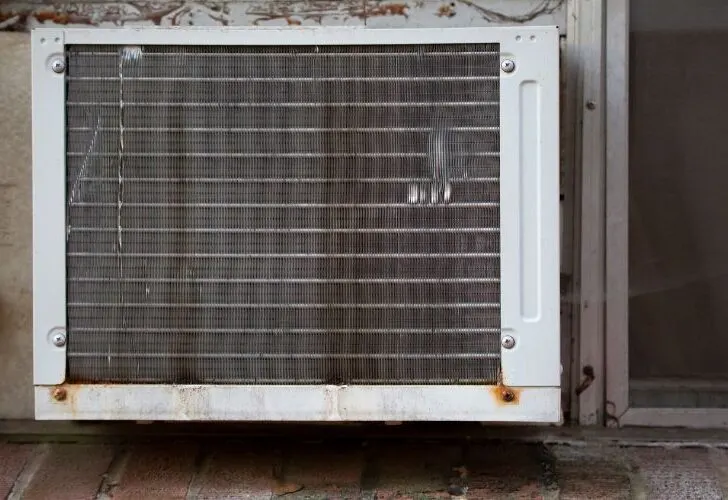
This problem results from the AC unit’s fan blowing backward or a leak in the insulation air ducts.
In HVAC units, the air conditioning system will stop working if the fan runs backward, usually in the direction of the return vents.
To get a better look and properly diagnose a fault, you must open up the unit and thoroughly look inside. You could call an HVAC professional to do this for you, or you can do it yourself.
This issue of your fan or electric motor running backward is usually caused by:
- A malfunctioning electric motor capacitor
- Reversed wiring connection in the electric motor.
- The electric motor has 2 of its supply leads reversed.
- Air handler motors attached to the blower fan in an HVAC system turn back due to the squirrel cage fan rotating backward because of strong air currents produced by other fans in the HVAC system.
To correct this issue of your fan blowing backward, you could try swapping wire connections in the electric motor to get it blowing back in the right direction.
Swapping is only possible in some electric motors. The purple and yellow wires or wire pairs in the system are swappable.
However, other wires and wire pairs can swap depending on your voltage, phase, and type of electric motor.
Below is an example of how to swap purple and yellow wires correctly on a 120 volts electric motor:
- For Purple to Yellow: Rotate Counter-Clockwise
- For Purple to Purple: Rotate Clockwise
However, in cases where your electric motor does not use purple in its wiring or if the wiring and wire pairs differ, try switching blue and yellow wires.
So the sequence would be Red, Yellow & Blue, and Black. Have a good HVAC professional look at the system and conduct these diagnostics and repairs if needed.
Note: Do not try to repair or rewire your electric motor; if you are not an HVAC professional, you could get electrocuted.
Air leakage is another possible reason why cool could be coming out from your return vents.
Many HVAC components are prone to leakage. It could come from the coil cabinets or furnace cabinets.
These components have seams that control either sucking or blowing of air. If these components do not seal properly, or if a puncture develops, then conditioned air could leak out from the return vents.
How Do I Stop Cold Air Coming Out of My Vents?
The issue of cold air coming out of your vents is due to a host of reasons that are quite easy to diagnose and solve. 2 main culprits include:
- Air duct leakage
- Fan setting at “On” instead of “Auto.”
#1. Air Duct Leakage
When you experience an inconsistent temperature of air coming from your vents at a lower pressure than they used to, you most likely have an air duct leakage problem.
Having an HVAC professional look at your system would put you in a better place to repair the leak quickly.
The HVAC professional will ascertain if your ducts seal properly, trace the leak to where it originates, and seal it tightly.
Repairing the leak in your HVAC system will subsequently stop the huge cost you would’ve been paying in electric bills for a cooling system that you don’t maximally enjoy.
Repairing the leak will stop air from coming out of your vents and protect your home from toxic fumes, household chemicals, and dust particles that may have been entering the house before the repair.
Do not attempt to repair air duct leaks without proper know-how or tools.
You could inhale toxic substances if you are not wearing appropriate protective gear and even cause more damage to the air ducts.
It is best to call a certified HVAC professional who can accurately diagnose and repair the issue.
#2. Fan setting at “On” instead of “Auto.”
Sometimes air comes out of your vents because of this seemingly small technical issue on the system’s thermostat.
When the fan sets at “Auto,” the furnace’s blower runs only when necessary. However, when it sets at “On,” it runs constantly.
This error is responsible for the fan pushing air into your room through the vents, even when the furnace is not generating heat.
The air feels cold because the ducts aren’t heated, and the air it blows is recirculated from cooler parts of the house.
The simple solution to this problem is changing the fan setting on your thermostat from “On” to “Auto.”
Once you do that, your fan will only run when the furnace produces heat. If this solution doesn’t work, have an HVAC professional look at your system.
Also, regular maintenance and check-ups on your HVAC system can help you quickly identify, prevent, and solve these problems.
Why Is Cold Air Blowing When the Heat Is On?
There are various reasons why cold air blows through your vents when the heat is on. A few of those reasons include:
#1. Condensate Line Is Blocked:
If your HVAC system has a high-efficiency furnace with water that pools around it, this could cause the furnace to shut down due to condensate blockage.
High-efficiency furnaces generate water that drains through a condensate line. Regularly clean out your condensate line’s dirt, dust, and debris to prevent this problem.
Once this line is clogged, the water will flow back into the furnace, causing the kill switch to shut down. The fans would still function properly; however, the heat flow will stop.
#2. Clogged Air Filters
A clogged Air Filter is one reason the air isn’t blowing through your vents while the heat is on.
A buildup of dirt and dust in your air filter can obstruct airflow over the furnace heat exchanger and cause it to overheat.
It will, in turn, lead to the high limit switch tripping off, shutting the furnace down completely. Ensure to clean your air filters regularly to prevent this issue.
Having a good understanding of the different components of an HVAC system will give you insight to at least identify or trace problems back to their source.
Below is a detailing of several parts of an HVAC system that are most prone to malfunctions if not regularly maintained:
#1. Evaporator Coils
Evaporator coils absorb heat from the environment. They require warm airflow around them to function properly; else, the coils will freeze, shutting down your air-conditioning system.
#2. Air ducts
Air ducts circulate cooled and heated air to the rooms but are prone to leakages. Regular maintenance allows you to spot these leakages as soon as they occur.
#3. Thermostat
The thermostat regulates the temperature that flows out of the vents and into the rooms. When it malfunctions, this can lead to the system working on wrong instructions.
When Do I Close Cold Air Return Vents?
It will suck cold air out of the room and keep it warm. The right time to open or close your return vents will depend on the season.
Lower return vents should be open during winter, while upper return vents should be closed.
During the summer months, your return vents should be closed while your upper vents should be left open; this will allow airflow into the house and suck the hot air out.
Conclusion
Possible reasons why cold air is coming out of your vents include leakages and the electric motor/fan spinning backward.
You can correct this issue by reversing the wire connections in the electric motor and resealing leakages in the air ducts.
Always clean air duct filters regularly and have a certified HVAC professional repair your system when it develops a fault.
